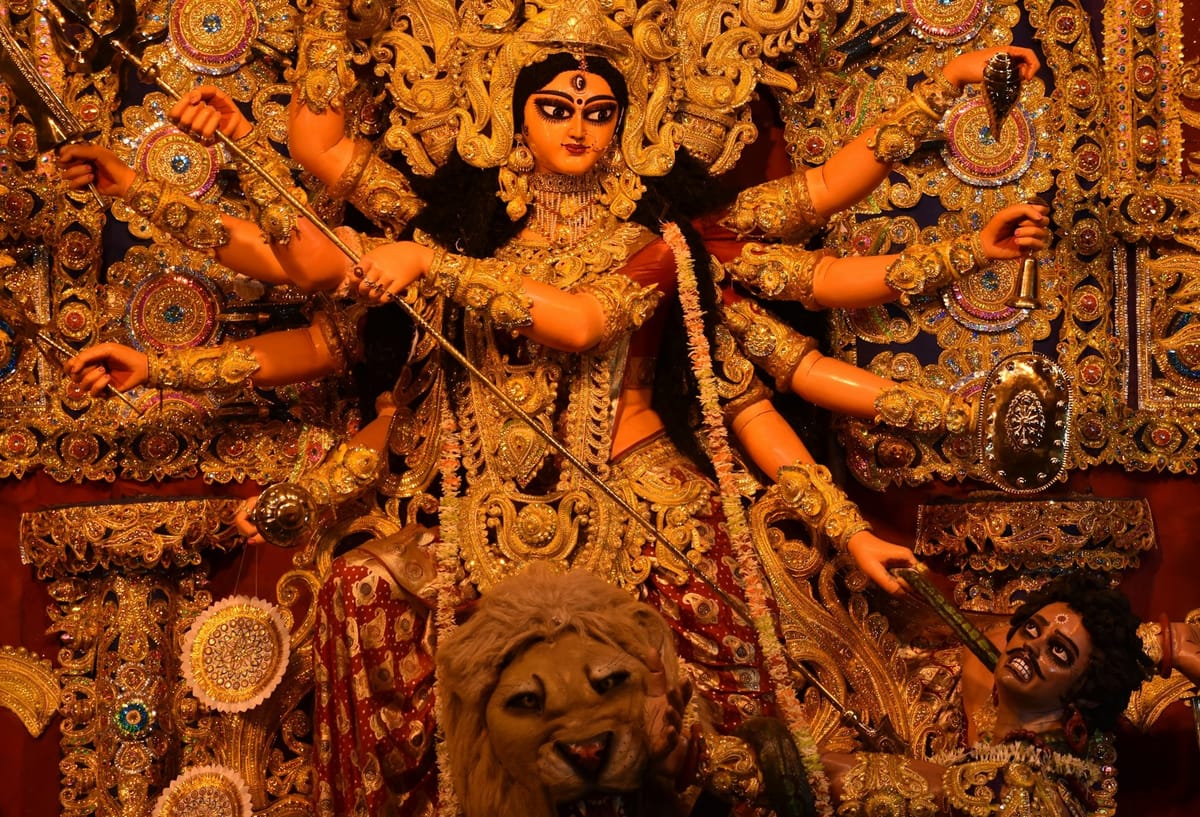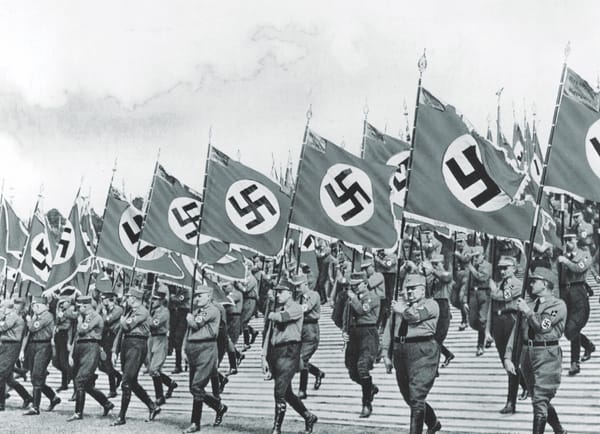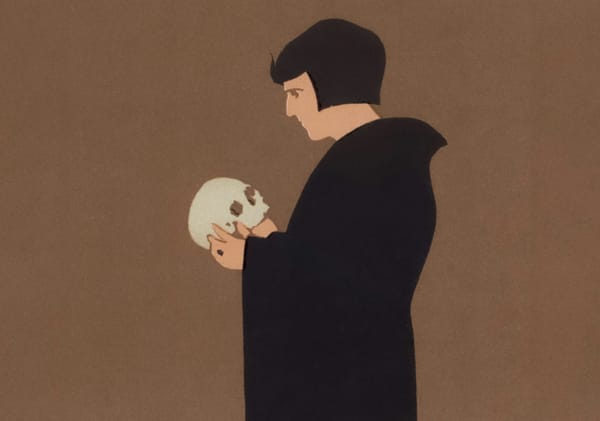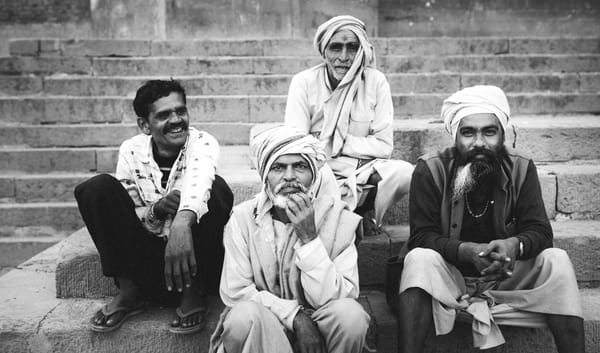Feminism and Hinduism

I write this article for all the women, who carry the force of the divine within them quietly without realising it, and for the men who have not realised the divine Feminine.
Hinduism has never oppressed women, but rather worshipped the immense power she holds.
The Vrata aspect:-
I was sitting in my class when my professor asked if we knew any discriminatory practices in different religions. A friend of mine said ‘every vrat(fast) that a woman does, is always for the husband. For example Karwa Chauth. How come the men never do anything, or what is she doing for herself.’
To answer this, everything in our religion is very much symbolic. Take for example Shivji killing Kamadev. The story goes as Kamadev was hiding behind a tree, and Shivji burns him with his third eye. This story is for us, to make it understandable and interesting. Shivji was in a deep meditative stat e and when lust hindered it, he burned it. Kamadeva wasn’t behind a tree but Kamavasna was inside him. The burning of Kamadeva is symbolic, and the killing refers to the burning of Kamavasana inside him.
Coming back, there are different versions of Karwa Chauth stories floating across the internet. One says Shivji Narrated the story of Rani Veeravati in Amar Katha to Mata Parvati. Others say it was the other way around. Half of them have quoted Wikipedia.
From my research, the Karwa Chauth Vrata is mentioned in the Narada Purana- verse 43b-44a to 50-51a. It mentions a married woman should do this vrata for Conjugal Blessings. It is not explicitly mentioned this fast is for longevity of husbands. However, it is something that can be considered in ‘conjugal blessings’ and hence, the association of ‘pati ki lambi umar’.
Furthermore, Vrat, or fasting, is extremely beneficial for the one who is observing it. Take for example in a family of 4, when the father does any pooja, the fruits go to the mother, the children. When the mother does it, fruits go to the husband and children, and when children do pooja, well, they get it themselves.
Understanding Femininity:- (in the Dharmic sense. )
What is femininity? Is it wearing nail extensions? Is it using Victoria's Secret perfume? Or is it being timid and small? Are only men strong? Let’s not go with this societal definition.
This one paragraph encapsulates the entire understanding of the position of Femininity and Masculinity in Hinduism:- Mahadev, the destroyer, is famous for his Tandava. Dance, an art form mainly associated with women. On the other hand, Maa Kaali is famous for her divine warrior swaroopa. Warfare, something associated with men.
I remember sitting for Saadhna with my friends a few days back. I was supposed to close my eyes while chanting Durga Chalisa. But, I didn’t. More like, I couldn’t. I couldn’t stop staring at Maa Durga. Her big beautiful eyes, long open hair, pretty earrings, smile so lovely, her divine Shringaar, her very pretty ornaments. Not a single jewellery out of place. But, the most striking feature was her Trishula with which she killed Mahishasurā. Her stature, the way she stands on top of her Vaahana, with her 10 hands, while killing Mahishsasurā (he represents Stubborness, blindness, ego, evil in one) symbolizing victory of good over evil is enough to make any devotee surrender unto her.
Chanda-Munda, Shumbha-Nishumbha, Mahishasura, all had ill intentions towards Maa. Some wanted to abduct her, some proposed marriage. But, she never went to a male deity to protect her. Instead, she unleashed the Durga within her, the Kaali within her. Any female deity depicted in our religion is always shown with weapons. This highlights femininity as so much more than just being a pretty face. No woman needs a man to protect her. It is not necessary for the modern day Draupadi to run to Krishna. Instead she can become Kaali herself.
The liberal in your head will tell you how oppressive the depiction of Laxmi Maa pressing Shri Hari’s feet is. He will tell you how that is oppression, anti-feminist, anti-women, anti-breathing, anti-living, anti- everything. Crap. Always remember, everything is symbolic. Plus, there are so many meanings attached to this.
Firstly, they aren’t separate. I heard in a Katha, ‘agar Ram bhagwan hai toh Sita Maa Bhakti hai- if Rama is god then Sita is devotion, one is nothing without the other.). Secondly, Laxmi Maata resides in Sri Hari’s chest. The leg pressing act signifies her warding off Alakshmi, reducing the effect of malefic planets, also symbolises wealth being secondary to spiritual happiness and SO MUCH MORE. For Narsimha Dev, there is Pratyangira Maa. For Varaha Dev there is Varahi Maa. For Ram Ji there is Sita Maa.
Women are divine creations. They have been worshipped in our Dharma, and are depicted as fierce, nourishing, powerful, divine beings. Its sad what we have come down to as a society. Women can create an entire human being, we can heal, we can nurture. In our religion, Brahma, Vishnu, Mahesh are all depicted as babies of Lalita Maa, or Tripura Sundari, or Maha Maaya maa. And so are we, we are all her babies.
People have at this point equated Hinduism with oppression. But at the very core of Hinduism lies the Shakta tradition , the energy before whom the mightiest of gods surrender. The problem lies in the way everything has been interpreted and twisted. People selectively promote whatever best suits them. There is so much more to our religion. The more you read, the more you understand.
On a lighter note:- know how all women are expected to leave their paternal house post marriage? During the Great Churning of the Ocean, Laxmi Maata emerged from the Kshir Sagar. Which makes it her home. Vishnu Bhagwan rests there(basically he moved in). Divine goals much? :)
In conclusion:- My beautiful ladies, Strength, wisdom, wit, courage, all these qualities wear a feminine face. In our faith, even gods are powerless without goddesses. Power lives in women. The Durga within you is unstoppable. And to the men, the feminine is not to be tolerated, or belittled or controlled. She is to be honoured and celebrated.
From Durga to Kaali, from Laxmi to Sita, the feminine has been worshipped and celebrated as a force that sustains the universe in our religion. The oppression we face today is because we have moved away from the teachings of our Dharma. To overcome this, we must return to the true teachings of our Dharma. Vrats and worship should be seen as tools of moving closer to the divine, not as oppression. Spirit of Hinduism lies in you understanding your religion, not moving away from it.





